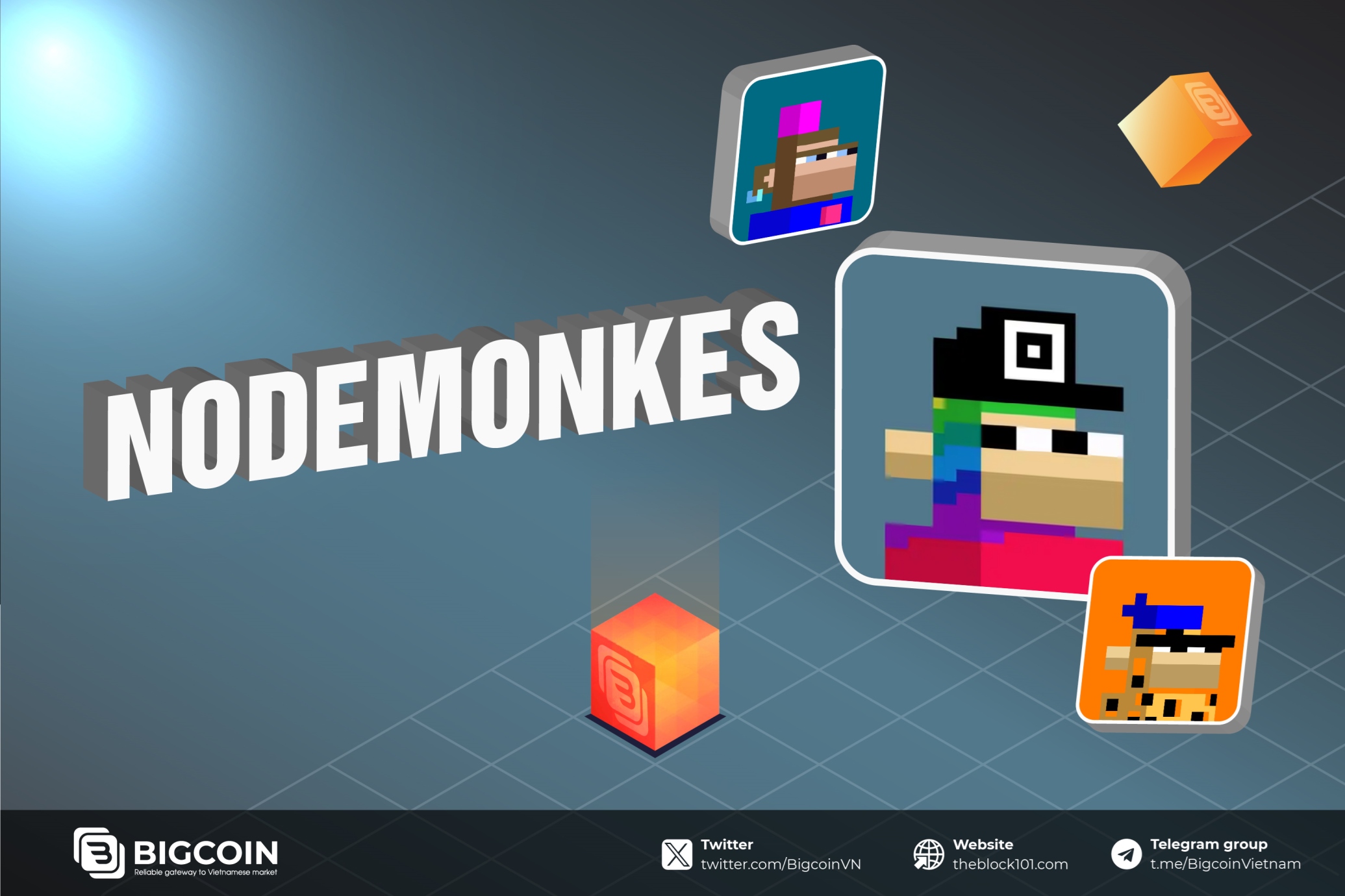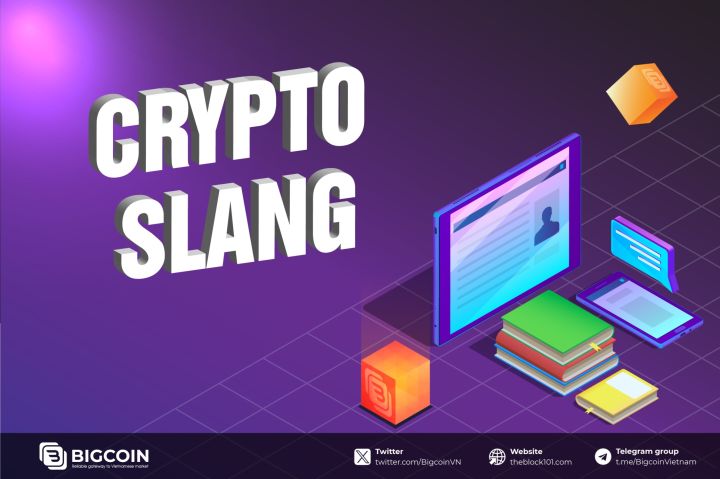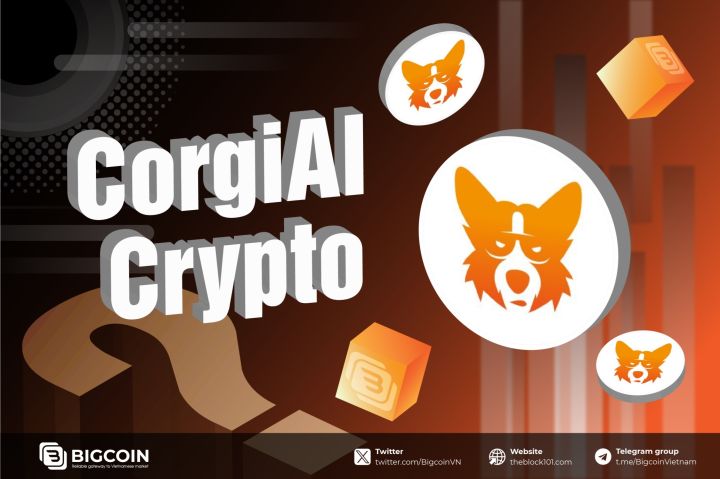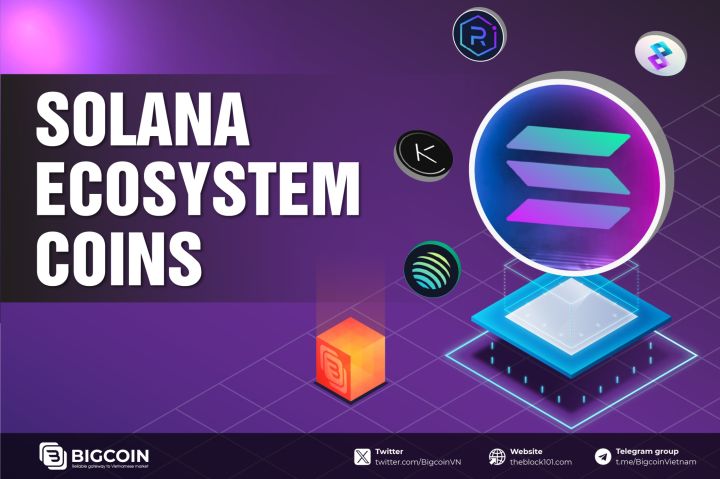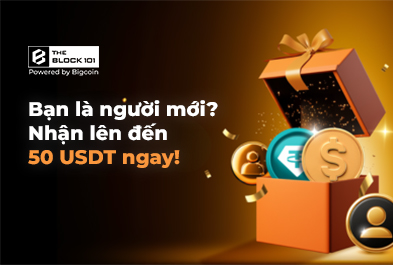1. PFPAsia
1.1 What is PFPAsia?
Understanding ERC1111 involves grasping a novel token standard introduced to the market by the PFPAsia team. This token standard represents an advancement in the field, offering flexibility through its "fragmentation and integration" mechanism for tokens - NFTs.

For instance, if you possess 10,000 tokens of type A, you can readily exchange them for 1 NFT of type B, and vice versa, using the "Lock - mint - burn" mechanism.
1.2 Dominant Color: Red
PFPAsia has chosen a unique approach, opting for the color red and drawing inspiration from Asian culture, particularly ancient Chinese traditions.
By deeply understanding cultural nuances and analyzing prevalent image trends on social media platforms, the PFPAsia team aims to provide a fresh experience for NFT holders. This approach blends elements of modernity with classical aesthetics, setting it apart as a distinctive offering in the current market.
.png)
As an Asian initiative backed by the Haskey Capital fund, PFPAsia introduces an "Asian" Avatar philosophy to the market.
1.3 Characteristics of the Collection
The PFPAsia NFT collection possesses several notable features:
- Minting: It is free to create these NFTs.
- Theme: The predominant color theme is red, with variations related to this hue.
- Quantity: The collection comprises a total of 10,000 unique NFTs.
- Gender: There are 200 NFTs each representing men and women, respectively.
Moreover, the collection offers a diverse array of thousands of distinct outfits across various styles.
Identifying Rare NFTs:
Rare NFTs within the PFPAsia collection fall into four main categories:
- Official Partner NFTs.
- NFTs depicting uncommon ethnicities.
- NFTs recognized as rare within the community.
- NFTs featuring unique and distinctive imagery, such as memes.
Furthermore, the implementation of the new ERC1111 token standard ensures that one NFT always corresponds to 10,000 tokens. This standard delineates two forms of tokens:
- REDT0: Tokens representing the fragmented form of a PFPAsia NFT.
- REDT1: Tokens embodying a collection of 10,000 tokens, constituting a complete NFT.
- The acronym REDT stands for REDirection.
.png)
2. REDT Protocol
2.1 Background
Despite the cryptocurrency market still being relatively young, there have been many advancements and new token standards introduced. Looking back at its history, Bitcoin (BTC) marks the beginning of cryptocurrencies, while Uniswap introduced a new Automated Market Maker (AMM) mechanism that laid the foundation for decentralized exchanges (DEXs) and decentralized finance (DeFi) in the future. Additionally, projects like Bored Ape Yacht Club (BAYC) and CryptoPunks emerged as notable examples of non-fungible tokens (NFTs), resembling digital artworks, alongside the creation of ORDI, the first inscription on Bitcoin. More recently, Pandora introduced the ERC404 token standard.
However, Pandora faced a major challenge related to gas fees when users attempted to convert between NFTs and tokens, discouraging their adoption. In response, the REDT Protocol was developed, introducing the ERC1111 standard as an improved version of ERC404 to address this issue.
Moreover, liquidity remains a significant challenge for many existing NFT collections. These projects often have low Fully Diluted Valuation (FDV) and high entry barriers for new users. To overcome this challenge, NFT projects often issue fungible tokens or implement NFT fractionalization mechanisms. However, both approaches rely on third parties and introduce numerous new tokens into the market.
The REDT Protocol was created with a focus on innovation and aims to tackle the prevailing challenges in the NFT market.
2.2 REDT Protocol
3. Team and Backers
PFPAsia is an independent team established by Colorful Labs and HammersDAO. The team is led by founders Nvuwa, Panwku, and Manjusyaga.
Additionally, the team is backed by one of the leading investment funds in Hong Kong, Hashkey Capital.
4. Roadmap
The project has revealed some upcoming events, including:
- Ambassador program
- Testing of Sybil wallets, announcement of REDed list, and REDed list free mint Phase 1
- Task and reward system
- Reveal PFP
- AMA sessions specifically for ERC-1111
- Staking
- Rewards for LPs
- REDEX AMA and Reveal Phase 2
5. Project Information
Website: https://linktr.ee/pfpasia
Twitter: https://twitter.com/PFPAsia
6. Conclusion
Introducing the new ERC-1111 token standard along with a myriad of products in development, PFPAsia emerges as a promising newcomer worth keeping an eye on. When considering factors such as image, culture, team, and products, PFPAsia stands on par with current PFP projects. This project is deserving of inclusion in the watchlist for observation.

 English
English Tiếng Việt
Tiếng Việt.png)

.jpg)
.jpg)









